L&D: A Beginner’s Guide to Explain How ChatGPT Can Impact Its Future
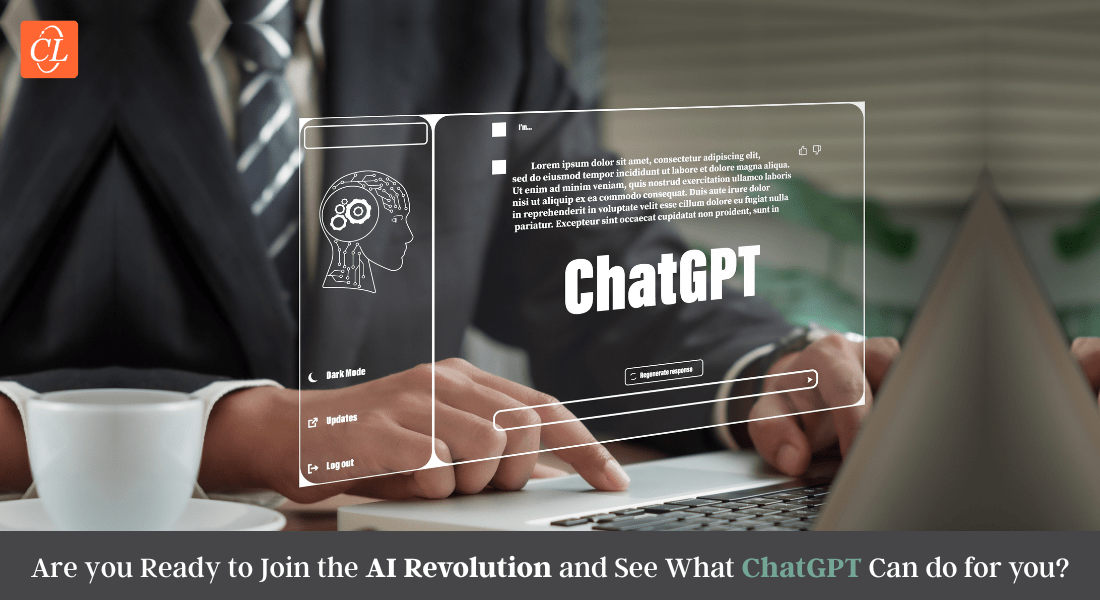
In a world where technology is constantly advancing, the realm of learning and development is no exception. Artificial intelligence (AI) is making waves in the L&D world, bringing with it new and innovative ways to enhance the learning experience for individuals and organizations alike. From virtual tutors and adaptive learning algorithms to gamification and natural language processing, AI is taking the L&D world by storm. ChatGPT is one such AI model that has been trending lately around the globe. Are you ready to join the AI revolution and see what ChatGPT can do for you?
Excited to Witness the State of L&D in the Coming Future?
ChatGPT can be a game changer as it can help you with:
- Content creation
- Personalized learning
- Language translation
- Virtual tutoring
Introduction to ChatGPT
At this point, I think everyone is aware of how Google search works, ChatGPT is basically your personalized Google search with a conversational touch to it. You can ask questions about possibly anything and you will get your answers, to which you can ask more follow-up questions as well. It is trained on a vast amount of text data to understand and generate human-like responses. Think of ChatGPT as a smart assistant or a superpowered version of Siri or Alexa that can answer your questions and have conversations with you. It doesn’t have personal opinions or emotions, but it tries its best to provide accurate and helpful information to those who seek it.
If you wish to understand the technical side of ChatGPT, you can just take a look at this diagram shared on the OpenAI website that explains how the model works –
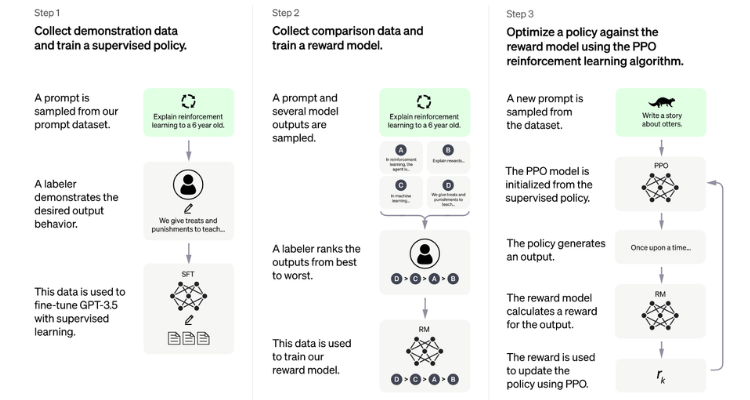
Image Courtesy: OpenAI
How ChatGPT Can Change the Ways L&D Functions
As I have already discussed that ChatGPT is an AI model so it has the potential to greatly impact the learning and development (L&D) industry by providing more efficient, effective, and personalized learning experiences.
Explore what’s trending in the L&D world this 2023!
Before we ask ChatGPT itself about what it can do, let’s explore a few aspects where AI, in general, can impact the L&D industry.
- Personalized learning: AI algorithms can analyze data about an individual’s learning style, preferences, and performance to provide tailored learning experiences and recommendations. This can lead to more efficient and effective learning, as the material is presented in a way that is most accessible to the learner and helps them with knowledge retention to a great extent.
- Virtual tutors: AI-powered virtual tutors can provide 24/7 on-demand support and feedback to learners, helping them overcome challenges and deepen their understanding of the material.
- Adaptive learning: AI can be used to create adaptive learning algorithms that can automatically adjust the pace, difficulty, and content of a course based on the learner’s progress and performance.
- Gamification: AI can be used to create engaging and entertaining learning experiences through gamification. By incorporating elements of game design into learning content, AI can make the learning experience more enjoyable and memorable.
- Automated assessment: AI algorithms can be used to automate the assessment of learners’ performance, providing real-time feedback and helping instructors focus their attention on areas where additional support is needed.
Now, Let’s check out the various aspects where ChatGPT can assist the L&D industry.
- Content creation: It can assist in the creation of instructional material, such as course descriptions, learning objectives, and summaries of key concepts.
- Question answering: It can help answer frequently asked questions about a particular subject, providing learners with instant access to information.
- Chatbots: You can integrate it into various types of chatbots to provide learners with an interactive way to access information and get help with their coursework.
- Personalized learning: It can analyze a learner’s behavior and generate personalized recommendations for further learning based on their strengths and weaknesses.
- Language translation: You can use it to receive assistance in translating eLearning content into different languages, making it easily understandable and accessible to your global audience.
- Automated grading: It can assist in the automated grading of assignments, freeing up instructors’ time to focus on providing personalized feedback to learners.
- Interactive simulations: It can help create interactive simulations and scenarios that can provide learners with hands-on experience in a safe and controlled environment.
- Virtual tutoring: You can use it to create virtual tutoring systems that provide personalized support and feedback to learners. These systems can be integrated into existing learning platforms or used as standalone solutions.
A Few Tips and Best Practices Shared by ChatGPT to Design eLearning Courses
So, I asked ChatGPT to help me design an eLearning course, and it provided some basic insights, tips, and best practices to create engaging and interactive courses for various training purposes(even though I asked ChatGPT to assume I am a sales training manager, it shared generalized insights). Check out the conversation below –
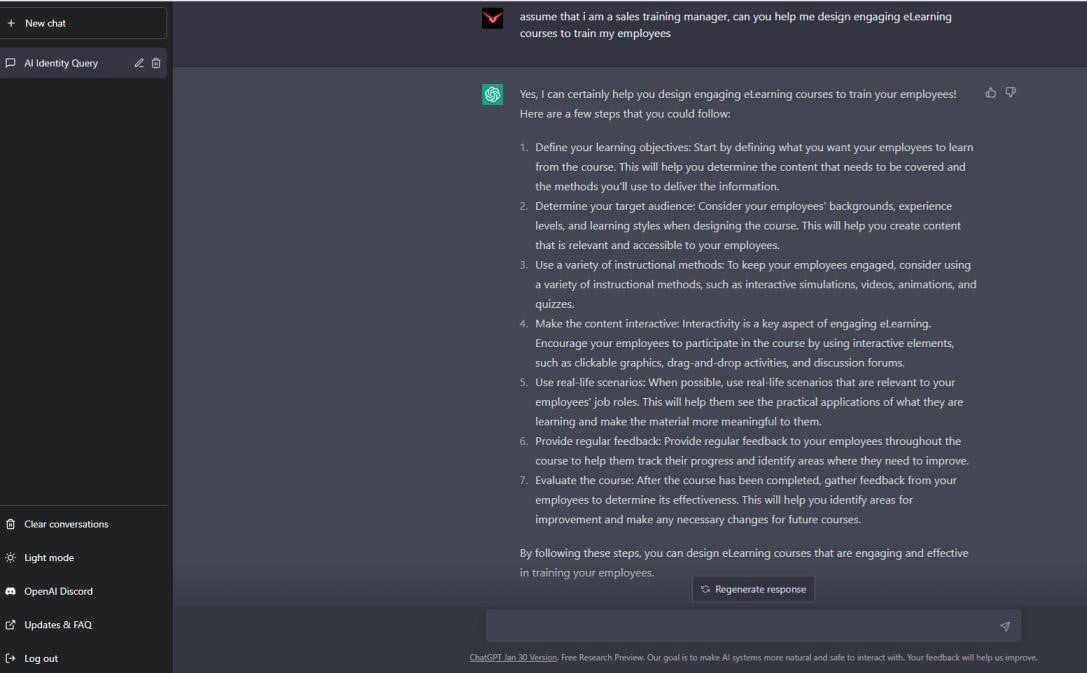
Parting Thoughts!
Overall, as a language model AI platform, it has the ability to assist in creating a wide range of training materials and tools that can enhance the learning experience. ChatGPT has the potential to revolutionize the L&D industry by making learning more accessible, engaging, and effective for learners of all ages and backgrounds. Now, ChatGPT is just one tool or platform, but the world doesn’t stop there. So, do you wish to get holistic insights into the state of learning in the coming future? If yes, then you should definitely check out our latest eBook and stay ahead of your competition.


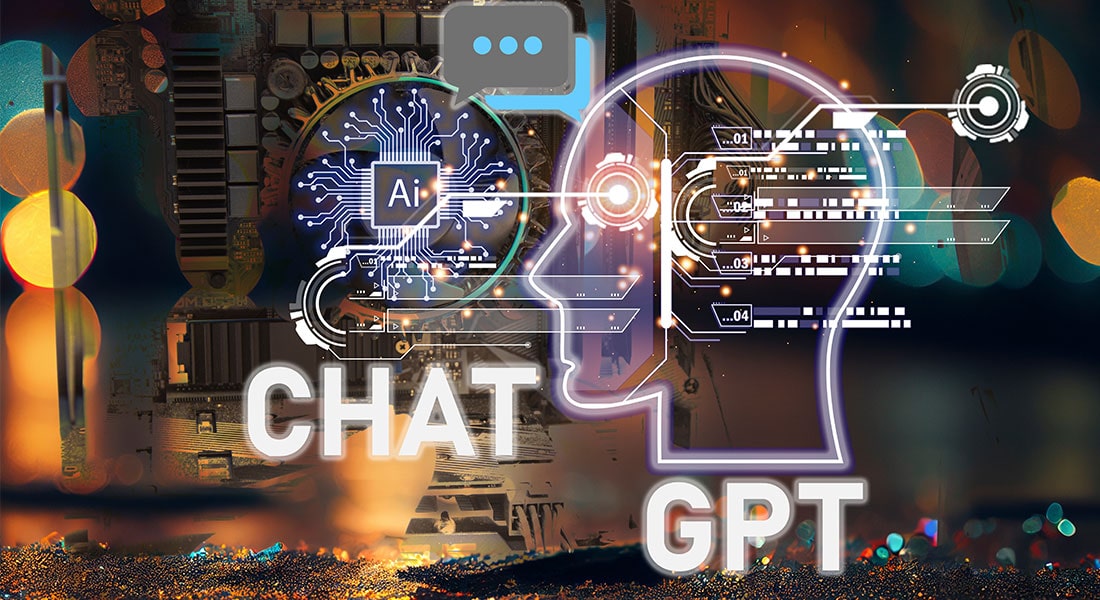
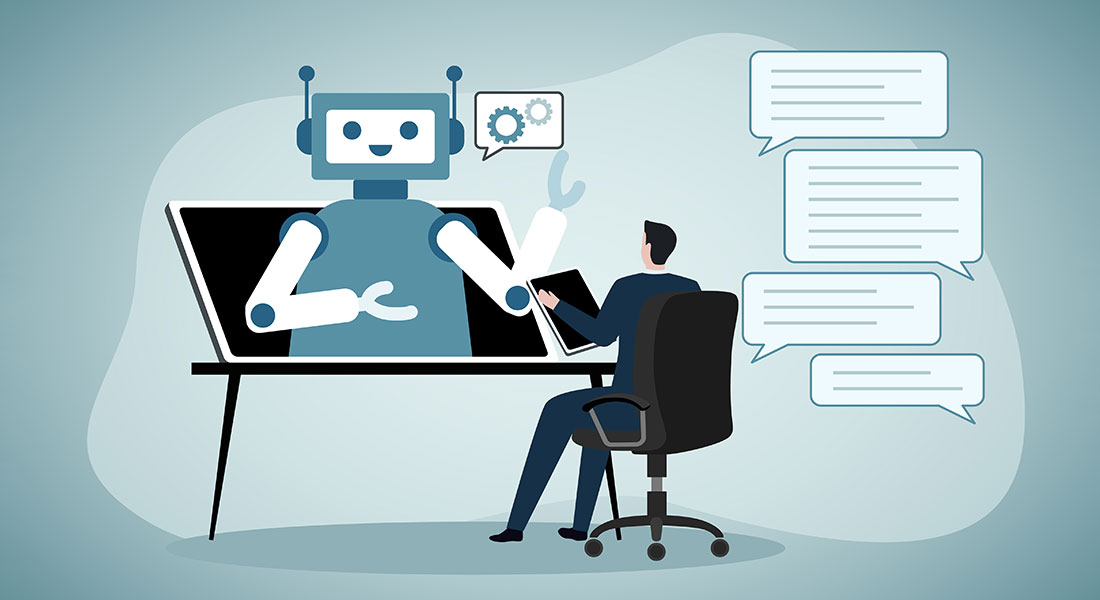
![ChatGPT Explained for Instructional Designers [Infographic]](https://blog.commlabindia.com/hubfs/blogs/chatgpt-explained-instructional-designers-info.jpg)